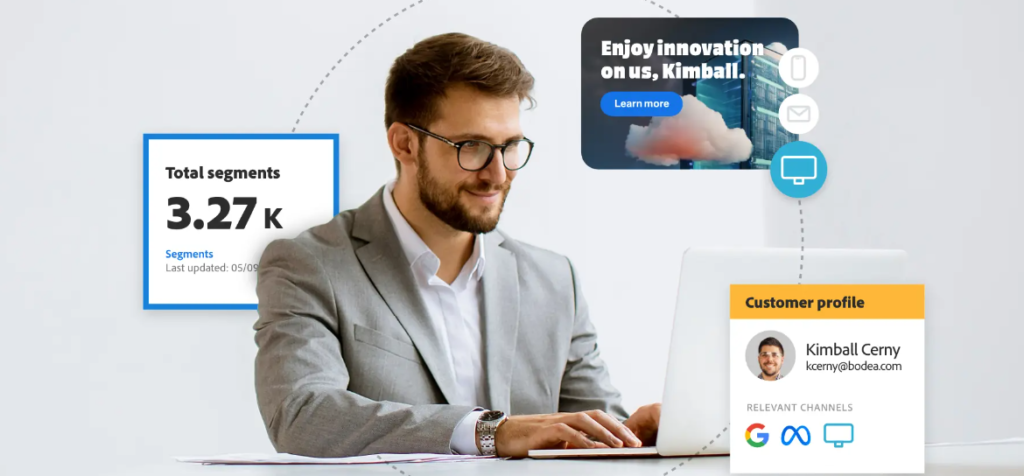Bring on the second wave of CDP: ROI-driving, composable and privacy-centric
June 12, 2023Last year, Lytics first introduced the idea of composability in the customer data platform (CDP) category: the first to market of its kind, and what we then called “the next generation” of CDPs. Our composable approach allows the brands who work with us to overcome many of the difficulties that traditional CDPs can cause (including increased risk, more complexity, and a lack of true scalability — as well as long implementation timelines). Today, we have thousands of customers and users on our platform: all of whom came to Lytics searching for a more modular approach that gives them flexibility for how they build their stack and control over how they manage their customer data. Many already rely on and get value from our composability, particularly in data pipeline and identity resolution tooling.
Lytics pioneered the composable approach to CDP technology because we believe in the power of customer data to transform and elevate businesses to new heights. We believe in the power of the Cloud Data Warehouse. And, we foresee a future where every CDP will and must follow suit to remain competitive. The landscape is evolving quickly, exponentially even, and customer and data privacy expectations and demanding that CDPs ensure the technology continues to bring true value to its users. To that end, we expect more and more CDPs to future proof their technologies by supporting different deployment methods (See: Private Cloud with Google Cloud). Why? To make flexibility the name of the game for the CDP industry. As the market, customers, and technology changes, companies need to be able to adapt, to adjust, and to take control of how they manage, organize, report on, and use their customer data.
The CDP market landscape today
Today, different aspects of the customer data stack are becoming unbundled, leading to more agile, modular approaches to CDP and even birthing new categories. Over time, more CDP providers in the market have begun to spin up their own versions of a more flexible CDP. But not all replicas are created equal, and many brands looking to invest in a customer data platform find themselves inundated with options and platforms all claiming to be drivers toward the same end goal. If you’re among these companies, or simply want to understand what makes a truly composable CDP (and what sets Lytics apart), there are a few things to remember:
- Data activation is only part of the story
- Identity resolution is complicated (but it doesn’t have to be)
- Data warehouse accessibility shouldn’t be an afterthought
- Optimizing advertising dollars is essential in an economic downturn
Here’s a breakdown of how Lytics’ best-in-class composable approach helps address these challenges.
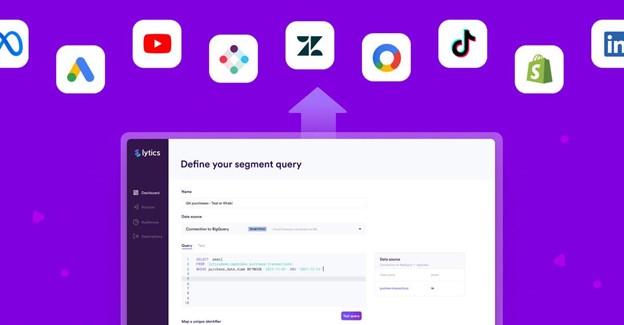
1. Data activation is only part of the story
CDPs are not just data activation tools. Building your warehouse and ensuring it continues to be the source of truth for your teams is equally as important as knowing how to activate the customer data at your disposal. At Lytics, we make sure both ends of the story are covered. Launched in 2021, Cloud Connect serves as a reverse ETL (extract, transform, load) extension to our existing CDP lineup. It allows IT professionals, data analysts, and developers to run SQL queries directly against their data warehouse as segment definitions, with no need for replication or sharing data unnecessarily. These segments can then be activated across marketing channels with just a click or two — via Lytics’ robust network of integrations. The result is an enhanced customer experience, improved security and faster time-to-value.
James McDermott, our co-founder, said in 2021: “Cloud Connect is an important step forward in accelerating those who work with consumer data and drive brand marketing and ad buys, to move toward first-party behavioral data collection.People need to start thinking about the CDP as a suite of tools that allows developers to query the data warehouse and combine those results with real-time behavioral insights with decisioning, to better engage users with relevant and personal experiences.”
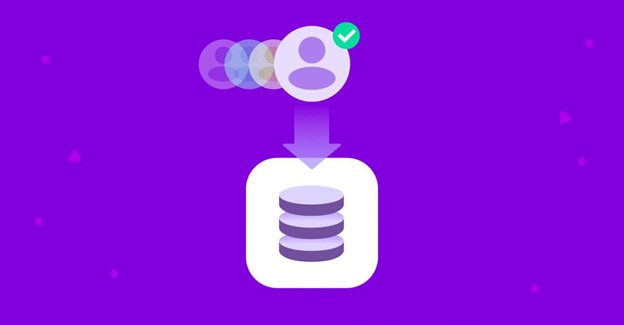
2. Identity resolution is complicated (but it doesn’t have to be)
Identity resolution can be complicated. Getting a clear view of consumer identities when both known and unknown users are increasingly engaging and interacting across channels is no easy feat. Thankfully, Lytics offers valuable, industry-leading ID resolution capabilities — and the native ability to supply your warehouse with the resolved identities.
We get it; data is messy. By putting resolved profiles and/or resolved identifiers directly into the warehouse, we keep your data warehouse as a central source of truth.You can then build on these resolved profiles with artificial intelligence, machine learning, BI tooling, etc. For the teams already getting value from their organization’s data warehouse, Lytics can add color, context, and first-party enrichment possibilities (based on scores, affinities, etc.) that result in true behavioral insight into these users.
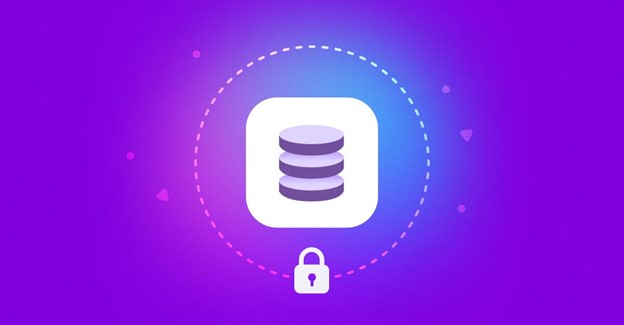
3. Data warehouse accessibility shouldn’t be an afterthought
The Composable CDP approach means that companies can build around their data warehouse, with no need to compromise on security or privacy. It provides a customer data architecture and system that scales. But that’s not all. Data warehouses are an essential component, and often a crucial source of truth, for enterprise-level consumer data solutions. For Lytics, this means we have a duty to provide best-in-class capabilities to access, enrich, activate, and supercharge these warehouses.
By focusing on enabling data managers and data analysts to bridge the gap between marketing demands and raw analytical data, Lytics provides critical tools for accessing, modeling, and delivering complex data inquiries. This means lower overhead and greatly improved adaptability.
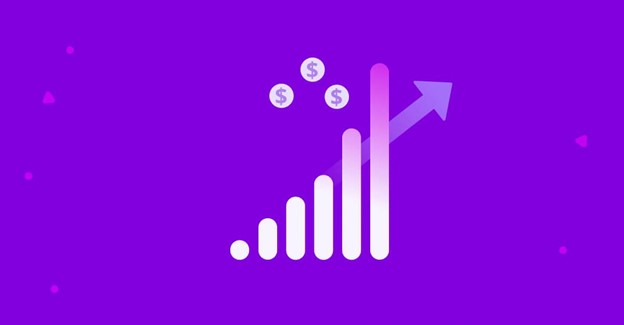
4. Optimizing advertising dollars is essential in an economic downturn
For most companies, customer expectations and the market around them are in a constant state of flux. Now, brands also have economic uncertainty to contend with — which means it’s time to stop wasting time and money on blanket ad campaigns and demographic targeting. Even with inflation on the rise, as many as 57% of advertisers are boosting paid search spend this year.
With Lytics, brands have a means to use first-party data to identify and engage targeted audiences with ads that address their unique needs (saving our customers as much as 40 cents on every dollar). Build audiences based on their interests, create behavioral profiles, and even suppress audiences so you don’t squander your spend on users that have already converted.
Building a better customer data platform
We’ve reached the golden era of true, ROI-boosting, composable customer data platforms — and there’s no going back. No companies should be willing to compromise on security, data accessibility, real-time workflows connected to every major ad-network, or personalization capabilities. And they should never be tolerant of a poor customer experience.
According to Gartner’s Predicts 2022: Composable Applications Accelerate Digital Business report: “By 2024, 80% of CIOs surveyed will list modular business redesign through composability as one of their top-five reasons for accelerated business performance.”
It’s clear, then, that it’s due time for marketing and IT teams to work intelligently and efficiently with data. Working together, Lytics Decision Engine, Lytics Cloud Connect, Lytics data management capabilities along with your cloud data warehouse practice make up a holistic CDP strategy to help your business achieve success all across the board, from internal processes to customer experiences and larger business transformation.
The new era of CDPs brings with it a new ballgame with all-new best practices. To embrace composability and more agile approaches is to embrace opportunity amongst change. A composable CDP is the foundation to it all, and makes it possible while removing the guesswork from data pipeline management, identity resolution, and audience building and targeting for scaling enterprises.
This article was originally published on Lytics website. Click here to see the original blog post.


